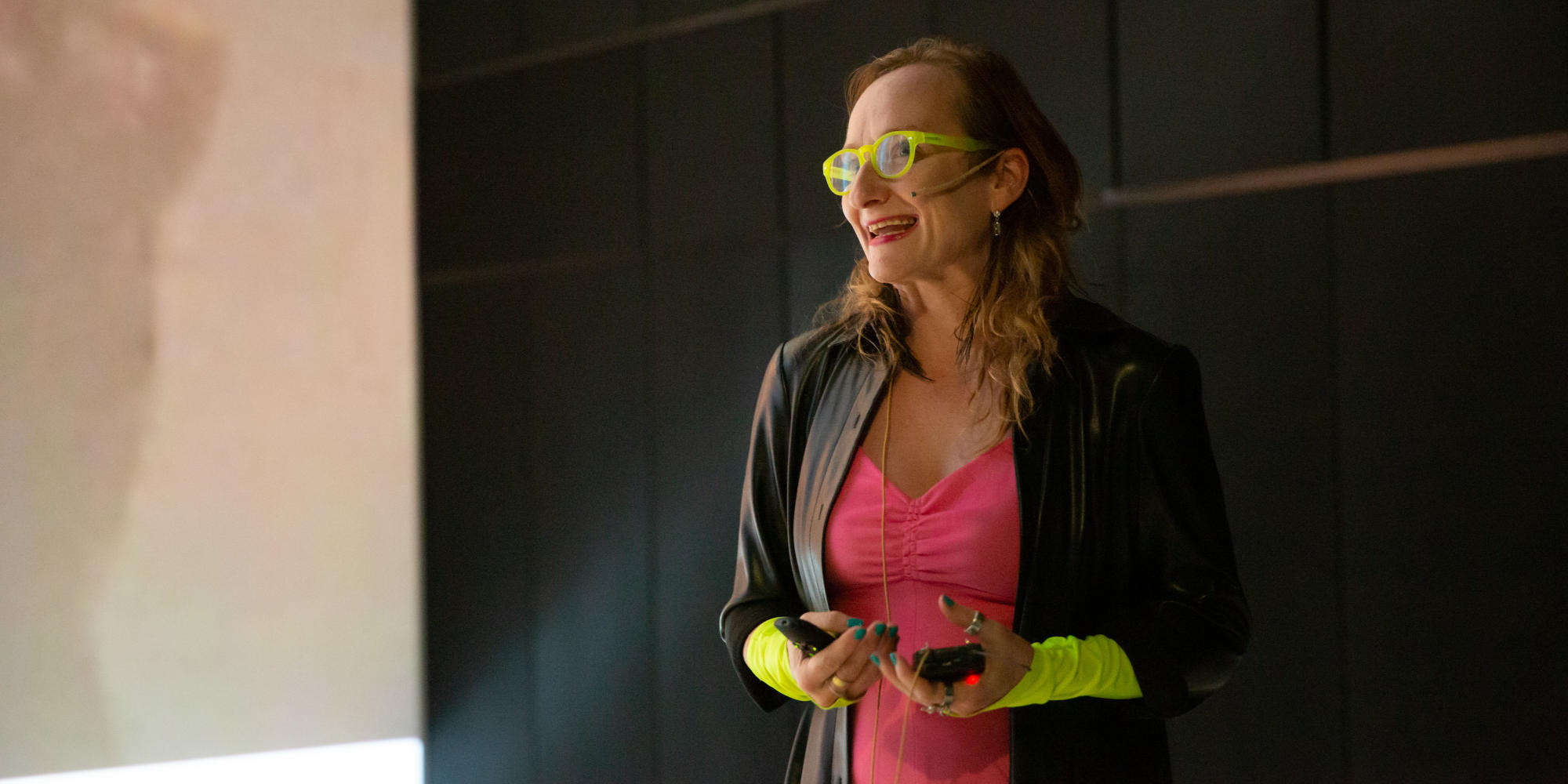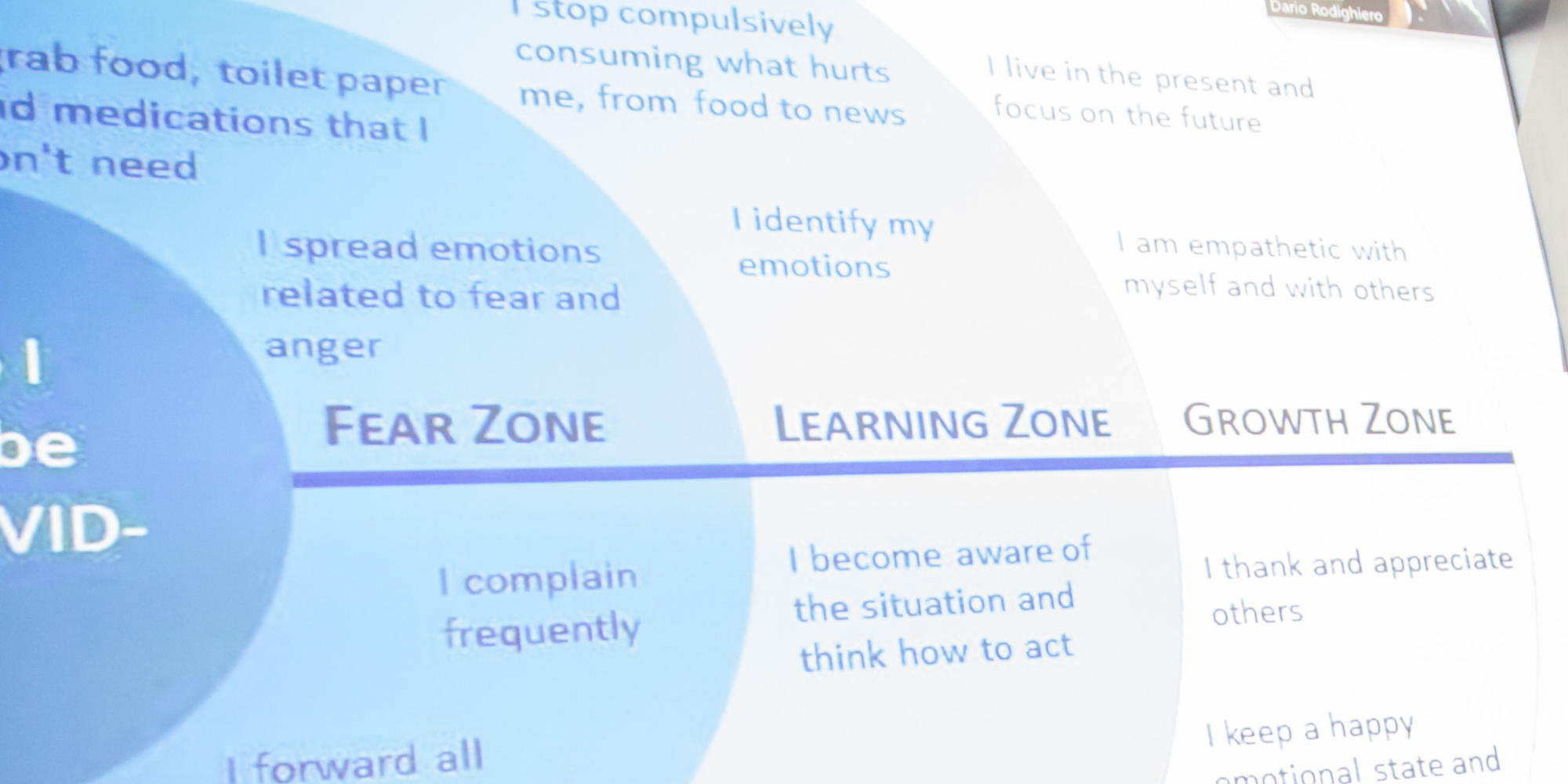This session reflects a collaboration project of Dario Rodighiero (MIT CMS/W / Harvard Metalab), Eveline Wandl-Vogt (Ars Electronica Research Institute knowledge for humanity / Austrian Academy of Sciences), and Elian and Gabriel Carsenat (NamSor).
COVID19 is a fire accelerator. We were using the time of the lockdown to deepen our transnational collaboration and think on how we can apply our knowledge and skills to current real world problems related to the pandemics.
To do so, we start from four approaches,
- the facilitation of knowledge co-creation and detection of relevant actors
- network visualizations
- a biocultural diversity index originating in onomastics based data science, and
- transformation of humanities’ knowledge towards applied humanities.

Network visualizations are useful instruments to have a distant view from a subject. This visualization was created to see the scientific community behind the COVID-19. Who are they? With whom do they work? Which are their specializations?
Using the open-source database COVID19 Open Research Dataset (CORD19) released on July 1, 2020 by the Allen Institute for AI, scientific articles are grouped by authors and analyzed with methods of Natural Language Processing. The result is a metric of lexical similarity between authors, which enables space out the scientific community as a network where two authors that use the same vocabulary are next to each other. (More information about the method in this article titled Mapping as a Contemporary Instrument for Orientation in Conferences).
A network composed by 3,000 major researchers working on the COVID-19 subject is visible. The elevation map in yellow points out as peaks the most active areas of research. When two close authors have at least a common keyword, that is visible between them with a font size that reflects the edge’s weight. By moving over an author, the relative network of peers is highlighted as well as the keywords that define his/her profile. The left panel shows a few author’s information with the most relevant keywords, the nationality of his/her community, and the publication years. On the top right a search function to find a specific author.
This visualization based on the recently developed biocultural diversity index and lexical distances. This work is unpublished up to now and unique.
The approach for this hybrid interaction is threefold:
- virtual exploration and mapping
- analogue interactions presented offline on colorful boards
Along with this a virtual discussion on our work, introduction into the movement “Design for Emergency” and a panel discussion about “Applied Humanities, Social Sciences and Art“.
Visiting the Deep Space presentations is only possible with a pre-booked ticket. Tickets are available at the Ars Electronica Center’s infodesk and can only be booked for the respective time slot of the museum visit ticket.


